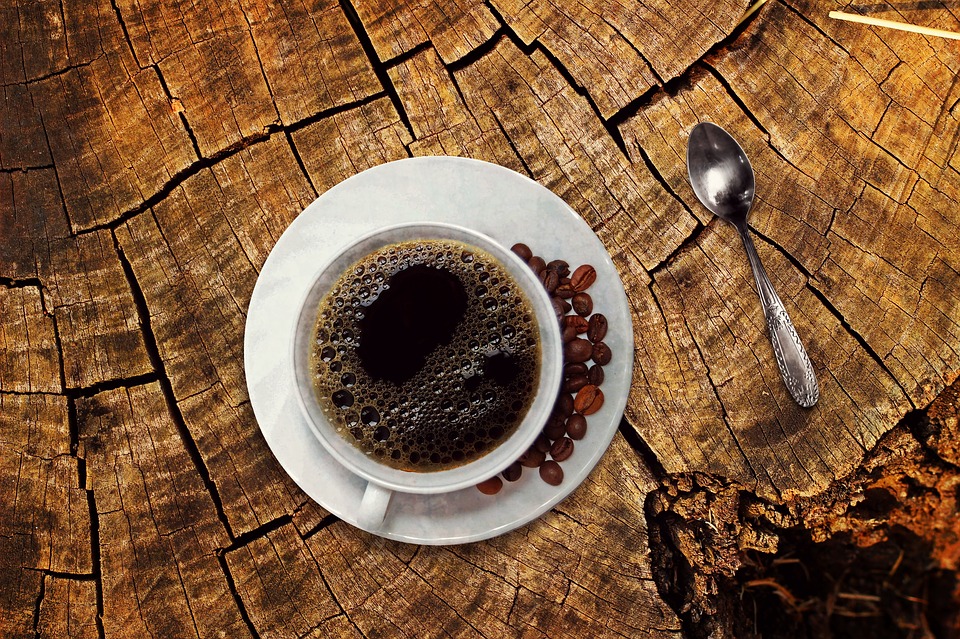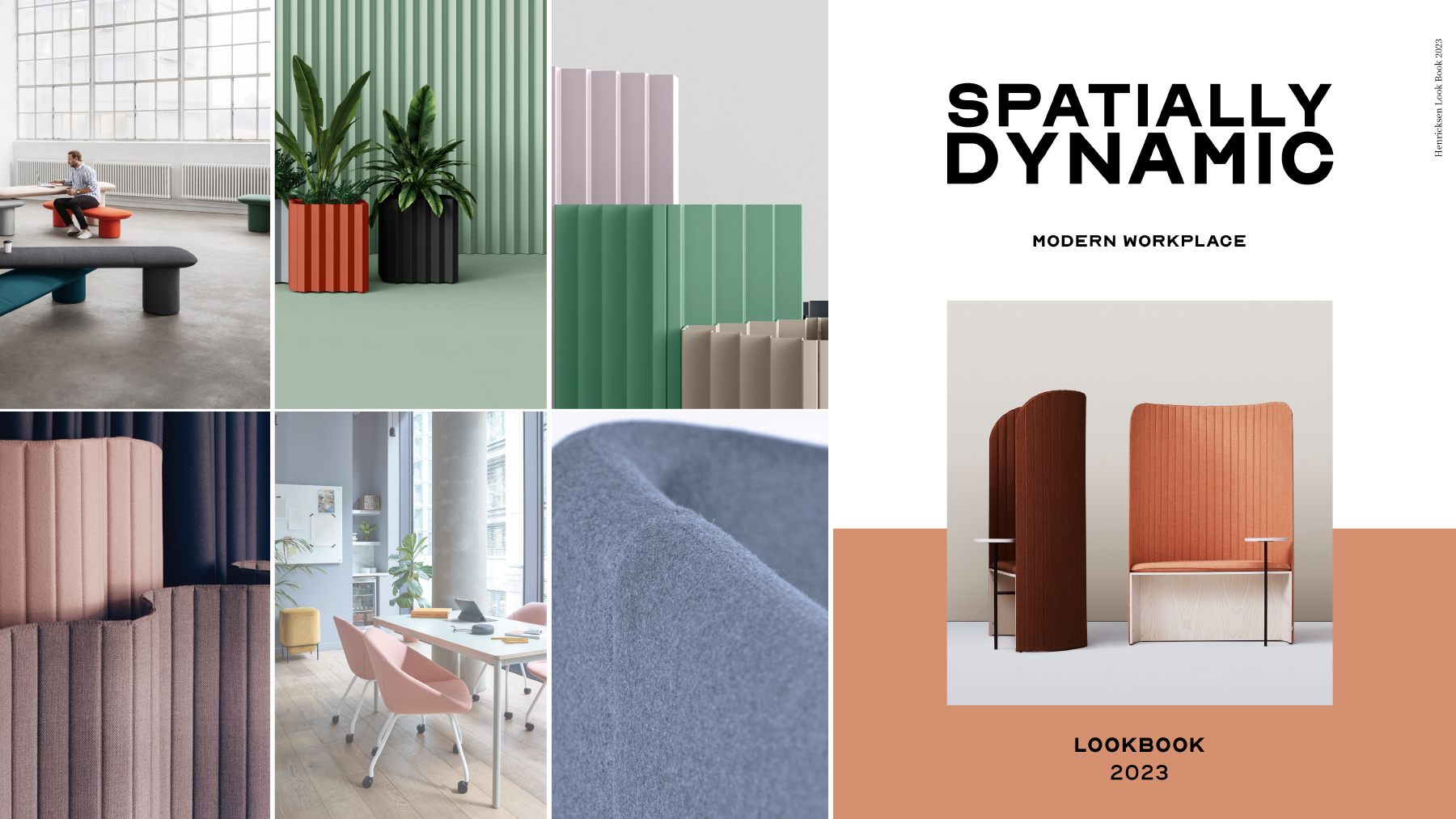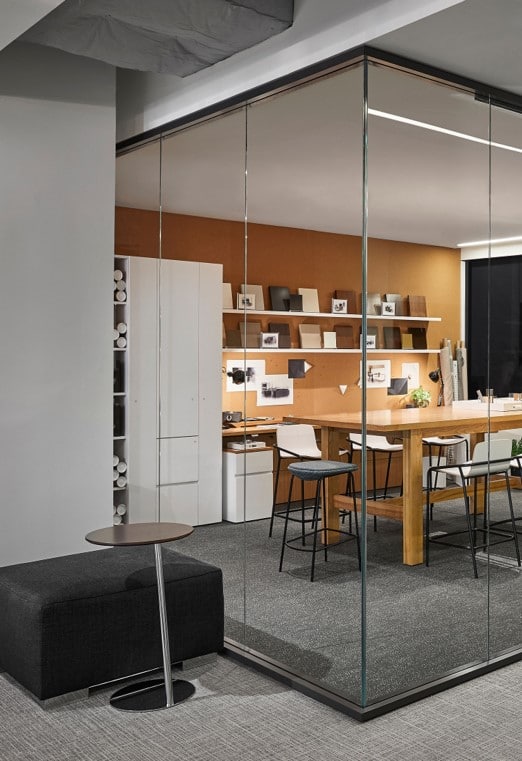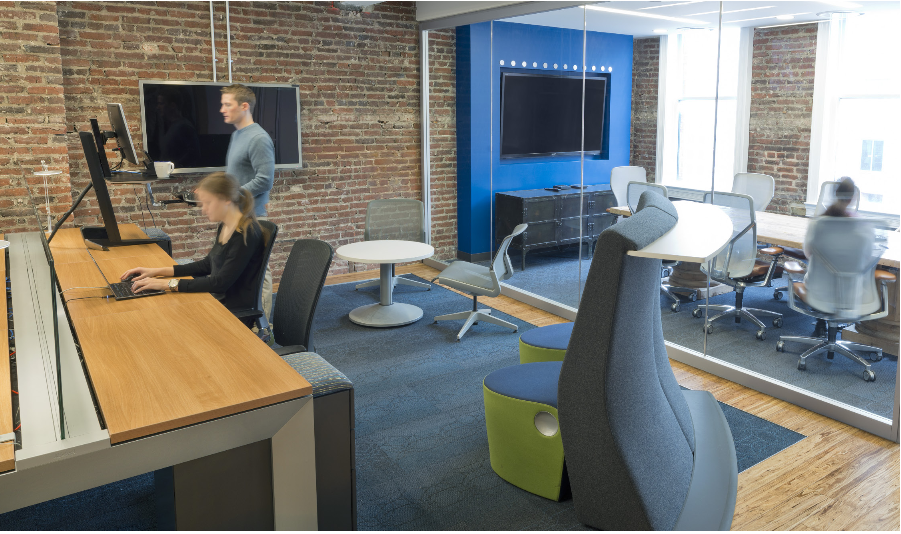There’s a trend in modern office design that reveals a desire to escape the pressures of the ‘big city’ and return to a calmer, saner and kinder life.
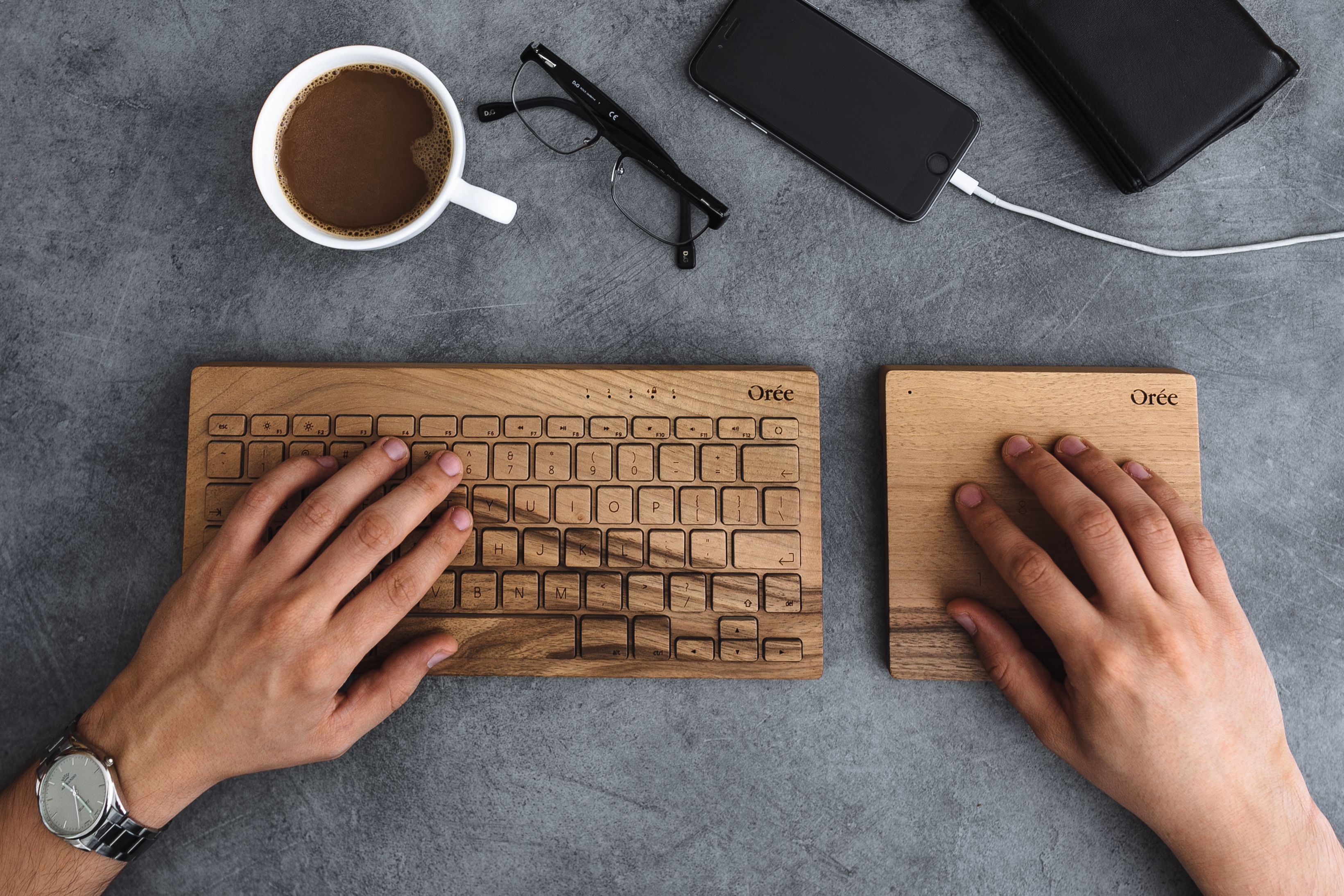
It’s known as ‘Biophylic’ design and it goes further than the incorporation of ergonomic office furniture and access to natural light. It’s about understanding what makes us tick and how to nurture the whole person in the interest of wellness and productivity. It’s about creating an environment that promotes mental, physical and emotional health.
You’ll see many of the elements of Biophylic design influencing everything from the colors we prefer to the materials we use in our built environment. In a nutshell, it’s designed around our desire to return to the natural world by surrounding ourselves with textures, colors and elements that speak of peace, calm and sanity.
For some time, we’ve seen design elements such as living walls, natural light and fresh air being incorporated into office design.
Great as all these elements are, they don’t by themselves constitute a true Biophylic design. That can only be achieved by introducing as many natural elements as possible within the same space. It’s about creating an entire habitat within our workspace; however, it’s not necessary to recreate a natural landscape to do so. It’s more about creating the perception of nature.
In other words, using natural elements for the creation of the built environment as well as within the built environment creates a strong perception of being IN a natural environment.
 For example, wood can be used as an exposed building material for furniture, wall coverings and decor. Adding living plants to the mix is essential, as is providing natural light and even water elements such as waterfalls, ponds or fountains. Allowing a clear view of the sky and/or other external natural elements is another way to create this atmosphere. It’s also possible to introduce natural ventilation so that fresh air is always available. Some believe that bringing animals into the work environment also significantly enhances the Biophylic effect.
For example, wood can be used as an exposed building material for furniture, wall coverings and decor. Adding living plants to the mix is essential, as is providing natural light and even water elements such as waterfalls, ponds or fountains. Allowing a clear view of the sky and/or other external natural elements is another way to create this atmosphere. It’s also possible to introduce natural ventilation so that fresh air is always available. Some believe that bringing animals into the work environment also significantly enhances the Biophylic effect.
The introduction of ‘artificial’ natural elements such as pictures of nature, natural feeling textures, shapes and colors can evoke a similar ambiance, however this is not considered as effective as ‘the real thing.’
The idea is to immerse the worker in the experience of nature within the built environment.
Fortunately, almost all offices can begin to incorporate some form of Biophylic design, even on a limited budget.
The result of being in a well designed Biophylic environment is that it creates an emotional reaction and attachment to the environment. As a byproduct, it appears to foster better interpersonal relationships among those in the environment, as well as a feeling of community. Other positive effects include lower levels of stress, blood pressure and anxiety and higher rates of creativity and productivity.

